11 Sep 10 Shocking Medical Treatments from History
Medicine, like every other science, has changed a lot over the years. Some once-popular treatments have proven to be quite bizarre–and dangerous. Yet, these practices provide a window into the past which shows the lengths to which humanity has gone in the pursuit of health and healing. In this exploration of horrifying medical treatments from the past, we look into some of the most bizarre and dangerous practices that were once mainstream.
Horrifying Medical Treatments From the Past
When we look back at the history of medicine, it’s clear that many treatments were based on limited knowledge and often a fair amount of superstition. These practices might seem horrifying now, but they were once the best options available.
These practices reflected the era’s understanding of the human body and disease. While today’s medical professionals rely on evidence-based practices, these historical treatments remind us of the importance of continued medical research and innovation.
Let’s explore some of the craziest cures of the past:
Trepanning for Headaches
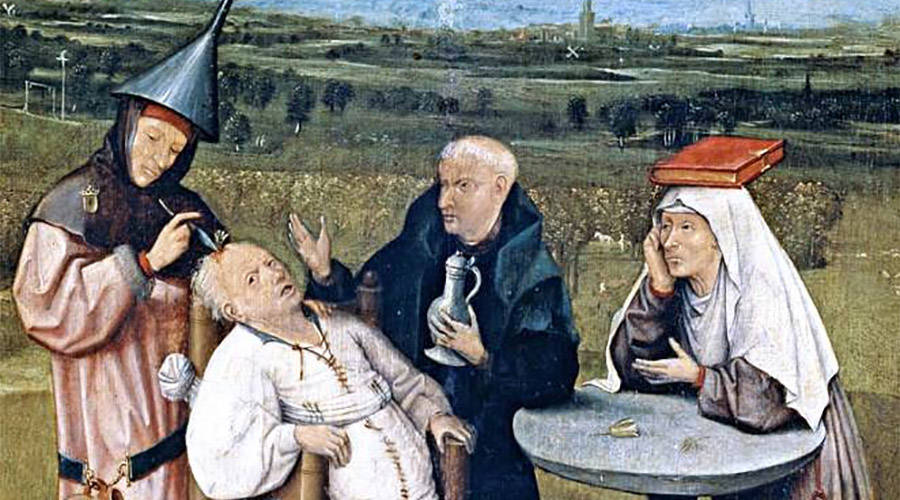 Trepanning means to drill a hole in the skull. This is one of history’s oldest treatments. Doctors believed that trepanning released pressure, treated headaches, or got rid of evil spirits. Historical findings have shown that this practice was very common and many patients survived!
Trepanning means to drill a hole in the skull. This is one of history’s oldest treatments. Doctors believed that trepanning released pressure, treated headaches, or got rid of evil spirits. Historical findings have shown that this practice was very common and many patients survived!
While we now understand that drilling into the skull is more likely to cause harm than healing, trepanning offers a glimpse into daring approaches early humans took in their quest to alleviate suffering.
Milk Transfusions for Blood Loss
 In the past, milk was used as an alternative for blood. Doctors thought that milk could replace lost blood and provide important nutrients. This bizarre treatment stemmed from the belief that milk could replenish lost blood and provide essential nutrients. However, the physiological differences between milk and blood make this practice not only ineffective but also dangerous.
In the past, milk was used as an alternative for blood. Doctors thought that milk could replace lost blood and provide important nutrients. This bizarre treatment stemmed from the belief that milk could replenish lost blood and provide essential nutrients. However, the physiological differences between milk and blood make this practice not only ineffective but also dangerous.
The concept of milk transfusions shows the desperation and lack of understanding in early medical practices. We now know the two are very different which made this treatment seem even more shocking. Fortunately, the development of safe blood transfusion methods has made this treatment a relic of the past.
Corpses for Energy
 Believe it or not, “dead people medicine” was quite popular once. Many people believed that eating skin, bones, or even mummies cured sickness. Some even thought that the energy of a young dead person could make an old person young again. This morbid approach reflects the lengths to which people would go in their search for health. They were driven by a combination of superstition and the hope that life could be restored through the dead.
Believe it or not, “dead people medicine” was quite popular once. Many people believed that eating skin, bones, or even mummies cured sickness. Some even thought that the energy of a young dead person could make an old person young again. This morbid approach reflects the lengths to which people would go in their search for health. They were driven by a combination of superstition and the hope that life could be restored through the dead.
Whale Bodies for Achy Joints
 Whale bodies were once thought to help treat painful joints like rheumatoid arthritis. People believed that spending hours inside a dead whale could heal their joints. The sick person would be taken by boat to the whale and placed in a hole cut in the body.
Whale bodies were once thought to help treat painful joints like rheumatoid arthritis. People believed that spending hours inside a dead whale could heal their joints. The sick person would be taken by boat to the whale and placed in a hole cut in the body.
This idea likely came from the warmth and possible soothing effects of the confined space, but the treatment’s effectiveness is doubtful. Today, it’s seen as a strange and unsettling example of early pain treatments.
Cocaine for … Everything!
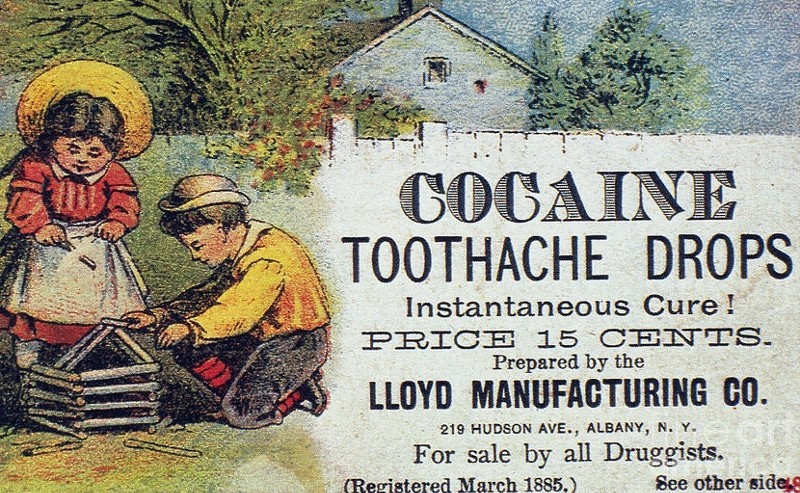 Before doctors realized how addictive it is, they considered cocaine a miracle treatment. Cocaine was once hailed as a miracle drug and was prescribed for a wide range of ailments. It cured everything from depression and sleepiness to toothaches and hay fever.
Before doctors realized how addictive it is, they considered cocaine a miracle treatment. Cocaine was once hailed as a miracle drug and was prescribed for a wide range of ailments. It cured everything from depression and sleepiness to toothaches and hay fever.
The substance’s powerful stimulant effects made it an attractive option for treating conditions that modern medicine would approach very differently. Notably, the original recipe of Coca-Cola even contained cocaine! It wasn’t until later that the addictive and destructive properties of cocaine were fully understood. This led to its eventual regulation and prohibition of medical use.
Cigarettes for Asthma
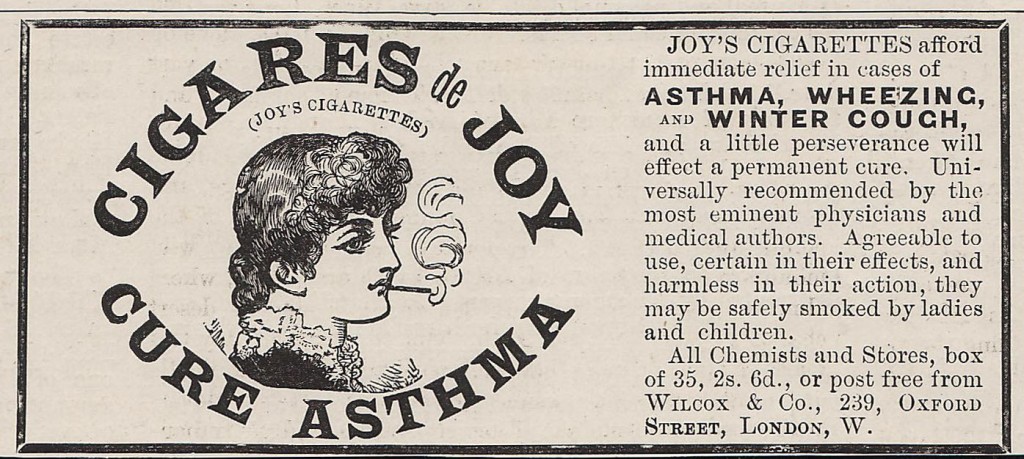 It might sound wild today, but cigarettes once treated people with trouble breathing, also known as asthma. The belief was that breathing in smoke would help open up the lungs, making it easier to breathe.
It might sound wild today, but cigarettes once treated people with trouble breathing, also known as asthma. The belief was that breathing in smoke would help open up the lungs, making it easier to breathe.
This belief was supported by early advertising campaigns that promoted certain cigarette brands as being particularly beneficial for respiratory health. We now know that smoking is a major cause of respiratory diseases, including asthma which makes this treatment not only ineffective but also dangerous.
Leeches for Illness
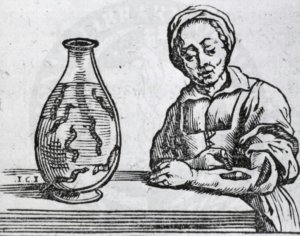 One of the most commonly used medical treatments was bloodletting. This meant draining the “bad blood” out of a sick person’s body. This treatment was used to cure many things, from fevers to epilepsy. Leeches were often used for this and continue to be used today but for different reasons.
One of the most commonly used medical treatments was bloodletting. This meant draining the “bad blood” out of a sick person’s body. This treatment was used to cure many things, from fevers to epilepsy. Leeches were often used for this and continue to be used today but for different reasons.
Today, they are employed in microsurgery to reduce blood coagulation and improve circulation. This demonstrates that even the most bizarre historical treatments can have some basis in medical utility when understood in the right context.
Urine for White Teeth
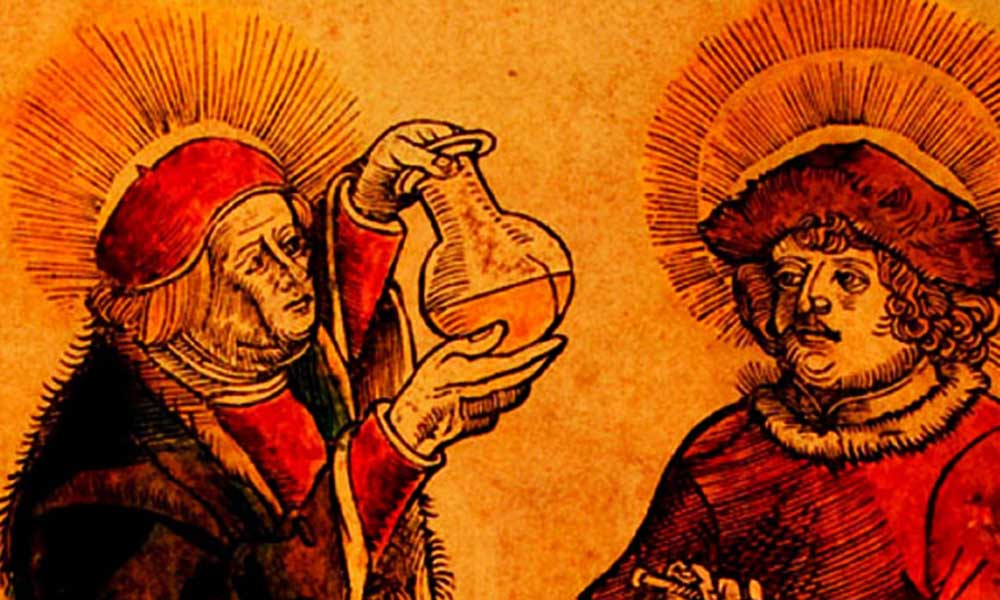 Urine therapy has been around for a long time. From teeth whitening to treating kidney and liver issues, doctors often told people to drink it or put it on their bodies for healing. Patients were instructed to drink it, apply it to their skin, or even use it as a mouthwash.
Urine therapy has been around for a long time. From teeth whitening to treating kidney and liver issues, doctors often told people to drink it or put it on their bodies for healing. Patients were instructed to drink it, apply it to their skin, or even use it as a mouthwash.
The ammonia in urine likely contributed to its perceived effectiveness as a teeth whitener, but the overall practice is far from sanitary or scientifically supported. Without a doubt, we can be grateful that this practice is not around anymore.
Heroin for Coughs
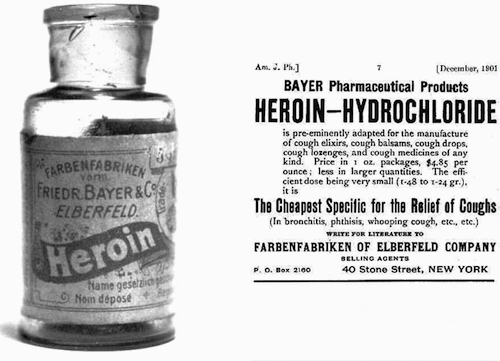
Before we knew how addictive it is, heroin was used to treat coughing. It also was used to treat back pain and help people sleep. It was even considered a better alternative to morphine, which was known to be addictive. Pharmaceutical companies once promoted heroin as a cure for many illnesses, leading to widespread use before the dangers of addiction became clear.
Funny enough, doctors told sick people to use it because they thought it was safer than other options! The use of heroin in medicine is a stark reminder of how the unintended consequences of treatment can sometimes be more harmful than the condition being treated.
Nightshade for Pain

Nightshade, a very poisonous plant, was once used to help with pain. While it does have parts in it that can be calming, the plant’s poison can kill a person. It can also cause confusion and hallucinations. The use of such a dangerous substance in medicine highlights the trial-and-error approach that characterized early medical practices.
Today, we have far safer and more effective pain management options, thanks to advances in pharmacology and a better understanding of toxicology.
Treatments Through Time
Reflecting on the horrifying medical treatments from the past not only highlights the advancements in modern medicine but also highlights the value of evidence-based practices. At Phlebotomy Training Specialists, our commitment to providing in-depth training guarantees that our students are equipped with the knowledge and skills needed to contribute to the ongoing evolution of healthcare.
The history of medical treatments is both fascinating and, at times, horrifying. It shows how much humans try always to feel good and healthy. Even more, it reminds us how much we’ve learned. We can be glad for the smart doctors and good medicine we have today. What will people think of our treatments 100 years from now?
Sources:
